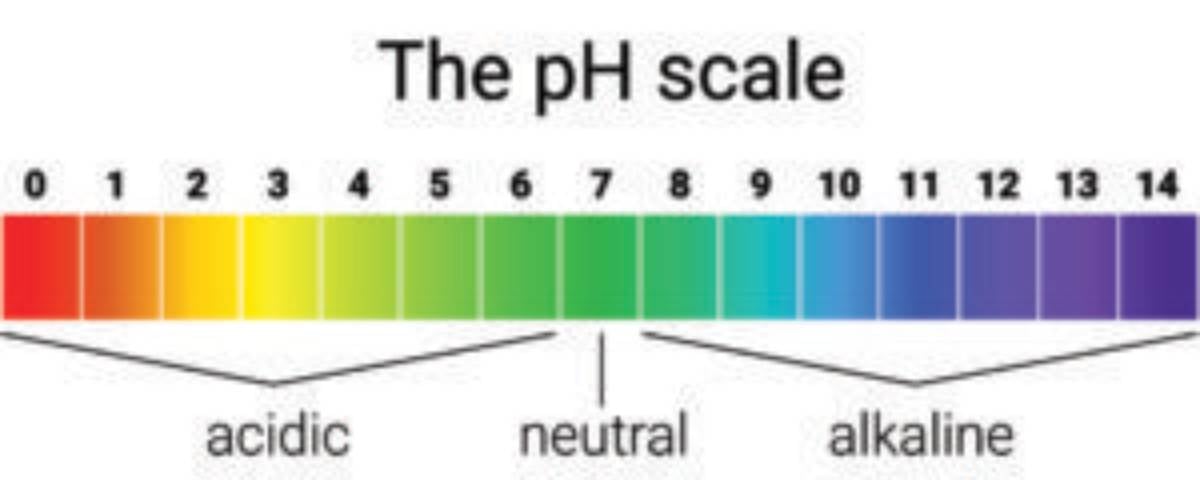Josh's Frogs
Aquarium Water Testing Parameters

by Tim Wright
Aquarium water testing can be a crucial part of keeping a successful and healthy aquarium. With proper testing, you can avoid a lot of issues and potential diseases caused by bad water quality. Before starting an aquarium, you should always get your water source tested so you know what you are dealing with. This can help you plan and get ahead of any potential issues with quality and/or water chemistry for your aquarium. Keep in mind that the type of fish being housed will dictate the water chemistry you are looking for.
WHAT TO TEST FOR
PH
This is the measurement of acidity or alkalinity of the aquarium water. A neutral pH level is 7.0. Anything lower would result in more acidic water.
Most commonly kept fish will do well between 6.6 and 8.2. But keep in mind that keeping the pH constant is more important than at a precise point. Most fish can adapt to a reasonable and constant pH.

KH- Carbonate Hardness
This is the measurement of calcium carbonate that exists within your water. Knowing this is important because it is one of the key factors of keeping a stable pH.
KH helps neutralize acids and acts as a buffer in preventing your pH from changing too rapidly. Sudden pH crashes can cause health issues in your fish. While various minerals contribute to alkalinity, carbonate binds to acids as they appear and helps to neutralize them.
GH- General Hardiness
This is the measurement of minerals within your water. While some fish species will thrive in softer water, others will thrive in harder water, along with the ones that prefer water that is somewhere in the middle. This is why it's important to monitor the GH and alter it if necessary.
While KH measures the carbonates and bicarbonates dissolved in your water, the GH measures calcium and magnesium dissolved in water. The two main reasons measuring GH is important is because of osmoregultion and electrolytes.
Osmoregulation is defined as the process of maintaining an internal balance of salt and water inside a fish's body; an imbalance can stress your fish and sometimes can cause fish to die.
Electrolytes come from minerals and salts that conduct electricity when dissolved in water. In fish, they contribute a great deal to the overall health of the fish, including aiding in gill development, bone growth, muscle growth, disease resistance...
Ammonia & Nitrites
Ammonia is produced by fish waste and excess food in the aquarium. The waste and excess food break down and become nitrites. Both forms are toxic to fish at high levels!
Since high levels of ammonia and nitrite are lethal for fish, it is critical that they be efficiently removed or converted to nitrate. Nitrate, nitrite and ammonia can be removed through weekly water changes.
There are no visible signs of high levels of ammonia other than fish becoming sick, weak, or dying, which is another reason it is imperative to test for ammonia and nitrites.
Nitrates
Nitrates are a less harmful form of nitrites broken down by the beneficial bacteria within your tank. A a high level, however, they can still be stressful to your fish. That is why water changes are so important to the health of your aquarium and its inhabitants.
HOW TO TEST
There are many ways to test aquarium water. The easiest and most cost effective are aquarium test strips. These are simply strips that you dip in the water and compare to a chart to give you a general idea of where your parameters are. However, they are often known to be less accurate than the more popular liquid test kits. These kits involve a bit more involvement giving that you will need to add liquid drops to some of your water (in a test tube) and then compare to a chart. Also most local fish stores can provide you with a free water testing.
Related Links:
https://www.youtube.com/watch?v=dWkPGEHMfXA
